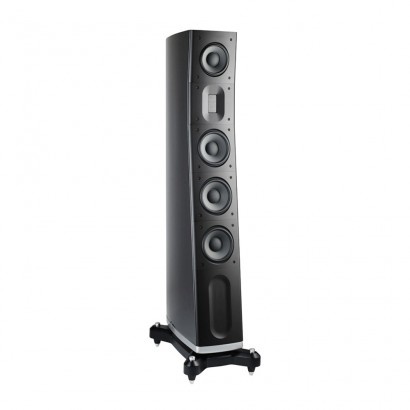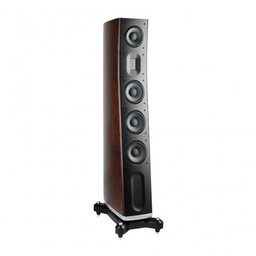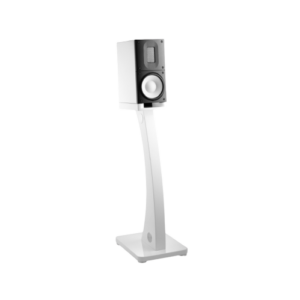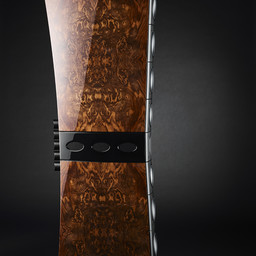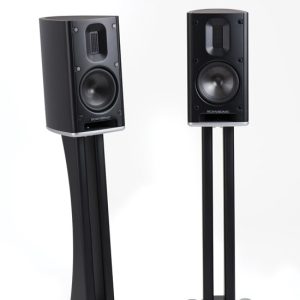RSX Tech
RSX™ Cables Do Better “Nothing” Than Any Others!
What you need cables to be is “neutral”—to neither add nor subtract anything from the signal they carry, and to not change it in any way in the process. The perfect cable would do nothing other than just carry signal from Point ”A” to Point “B”.
All Cables Affect Your System’s Sound
The cables that bring power to your system or carry signal through it are just as much “components” as are your amplifier, your speakers, or anything else. The greatest difference between them and your system’s other components is that the others are there specifically to make changes to something and the cables are not:The cables that bring power to your system or carry signal through it are just as much “components” as are your amplifier, your speakers, or anything else. The greatest difference between them and your system’s other components is that the others are there specifically to make changes to something and the cables are not:
Some System Elements are Supposed to Change the Sound
Your phono cartridge or CD player, for example, are supposed to change groove motion or microscopic pits in plastic into electricity to start the playback process. The electronics ( DAC, Preamp, Amplifier, etc. ) change tiny signals from the source components into bigger signals ( including digital-to-analog conversion, equalization, tone control, filtration, and other desired or necessary functions ) into signal that can be used to drive your speakers or headphones. And those – the final transducer elements – are supposed to change electricity into air motion that you can enjoy as sound.
Cables Shouldn’t Change Anything
Other than to change location by bringing electricity ( signal or electric power ) from one place to another, cables have no necessary “change” function at all and, in fact, any change that they might make is always a change for the worse!
Cables Are Supposed to be “Passive”
That’s why cables are called “passive” components: They’re just supposed to carry signal, and not to affect it in any other way. That’s not nearly as easy as it seems: Even the simplest bare wire carrying the simplest signal – the DC current from a battery, for example — will, to some degree, modify the signal it carries.
Why Most Cables Aren’t “Passive”
The inherent resistance of the conductor ( whatever it is, of whatever material it’s made ), will always result in some tiny portion of the signal energy being lost and converted into heat. When insulation is added, and two or more insulated wires are run together to form a cable, even more changes happen. Capacitance and inductance, varying in proportion with the spacing and configuration of the wires, cause changes in frequency-response and lose important musical information. Phase and transient distortion occur, too, and signal information can actually be lost or false information added through capacitive discharge effects. And unless your cables are either properly shielded or self-shielded by their inherent construction geometry, induced hum and noise can also affect the performance of your system and limit your listening enjoyment.
Doing Nothing Isn’t Easy
Designing a cable is easy; any two conductors will do. Getting a cable to just carry signal and do nothing else is very difficult, and requires special knowledge, special skills, and very special materials. Those are the foundation of every RSX design. That’s why RSX cables do better “nothing” than any others and why your system should rely on them as the truly passive interlink between you and your music. You’ve invested a great deal of money and commitment in your other components and have a great deal of love for the music that they will play for you.

